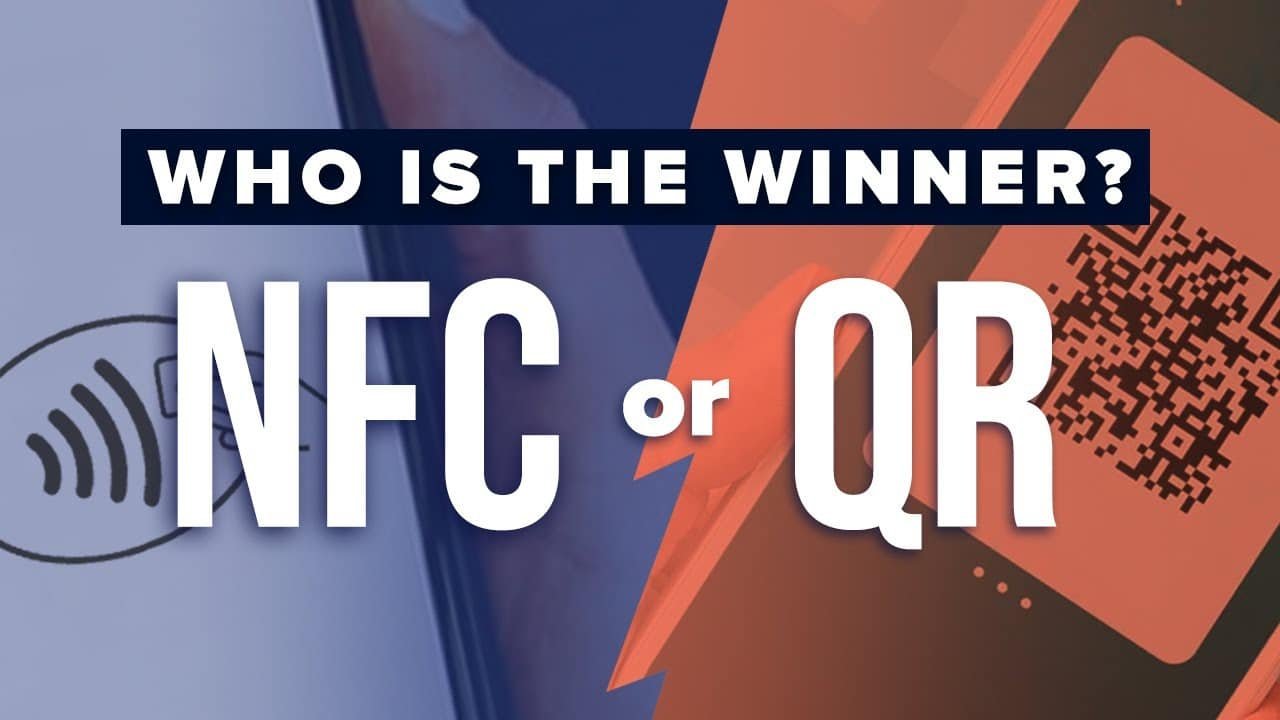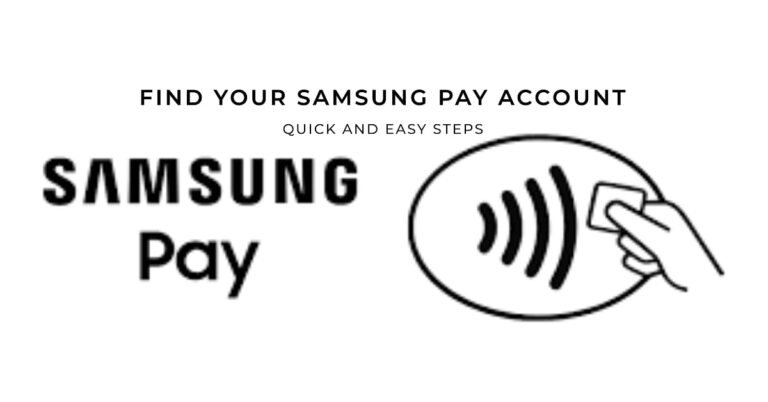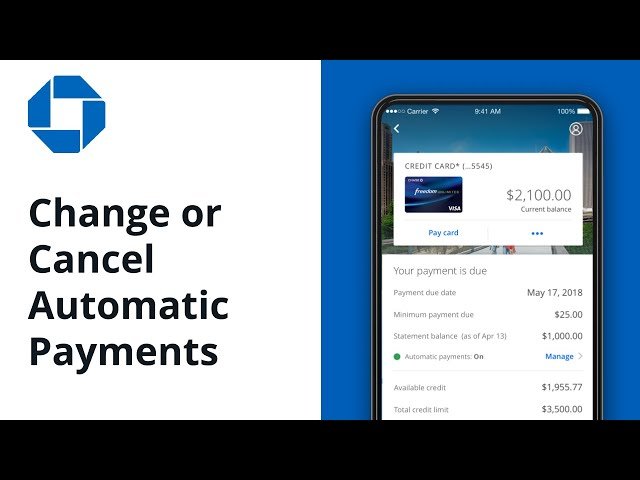NFC vs. QR Code Payments: Which is Safer and More Convenient?
Imagine you’re at a busy coffee shop checkout, phone in hand. The cashier points to the payment terminal, where you see two options: the familiar contactless “wave” symbol (NFC) and a QR code taped to the counter. Both offer a quick, phone-based way to pay, but they work very differently. So, which one is actually better when it comes to your security and convenience?
This article will break down the two technologies. As a Computer Scientist with a decade of experience in the tech sector, I’m going to explain the underlying technology of both NFC and QR codes to give you a definitive answer on which method you should trust with your money.
The Basics: How Do These Payment Methods Actually Work?
To understand which technology is superior, we first need to look at what they are and how they operate. While they both allow you to pay with your phone, their core mechanics couldn’t be more different.
What is NFC (Near Field Communication)? The “Tap-and-Pay” Method
Near Field Communication (NFC) is a short-range, two-way radio technology that allows devices to communicate when they are a few centimeters apart. It works by creating a small magnetic field between two devices—like your smartphone and a payment terminal—to exchange data. This “tap-and-pay” method is an extension of the same technology found in contactless credit cards.
The key players here are the digital wallets built into your smartphone: Apple Pay, Google Pay, and Samsung Pay. When you use these, you are activating your phone’s NFC chip to securely transmit payment information to the point-of-sale (POS) terminal. The data transmission happens almost instantly, in a matter of milliseconds, establishing a secure connection and completing the transaction without any visual interface.
What are QR (Quick Response) Codes? The “Point-and-Scan” Method
Quick Response (QR) codes are two-dimensional barcodes that can be read by your smartphone’s camera. They store information, most commonly a URL, that directs your phone to a specific website or app. For payments, the QR code usually links to a merchant’s payment page or opens a payment app (like PayPal or Cash App) with the transaction details already filled in.
Unlike NFC, which is a two-way communication protocol, a QR code is a static image. It holds data that your phone simply reads, and the transaction happens entirely on your phone’s software and over the internet. This process is often initiated by you, the user, opening your camera or a dedicated app and intentionally scanning the code to start the payment process. There are two primary types of QR code payments:
- Static QR Codes: A permanent code that represents a business’s account. You scan it and manually enter the amount to pay.
- Dynamic QR Codes: A code generated for a specific transaction. It often includes the amount due and a unique transaction ID, making it more secure than a static code.
At their core, the two technologies operate on a very simple but critical difference: NFC uses a physical, hardware-based connection, while QR codes rely on software and an image. This fundamental distinction is what determines their respective security strengths and weaknesses.
Security Showdown: Is NFC Really More Secure Than a QR Code?
This is the most critical question when choosing a payment method. While both methods are generally safe, their security mechanisms are fundamentally different, with one being far more robust than the other.
How NFC Security Protects Your Data
NFC is inherently more secure for three main reasons:
- The Fortress of Proximity: NFC requires devices to be in extreme physical proximity. A hacker would have to be standing right next to you with specialized hardware to even attempt to intercept the signal. This is a physical security feature that QR codes lack, as a malicious code can be scanned from a distance.
- The Secret Weapon: Tokenization: This is the most crucial layer of NFC security. When you pay with Apple Pay or Google Pay, your actual credit card number is never transmitted. Instead, the payment app generates a one-time, encrypted code known as a “token.” This process is managed by standards set by EMVCo. If a cybercriminal were to steal this token, it would be useless to them because it’s only valid for that single transaction. The merchant never receives your real card number, which significantly reduces the risk of data breaches.
- The Role of the Secure Element (SE): Modern smartphones contain a separate, tamper-proof chip called the Secure Element (SE). This is where your payment tokens are securely stored. The SE is isolated from the phone’s main operating system, which means it is virtually impossible for malware, viruses, or other malicious code to access the tokens. Biometric authentication (like Face ID or fingerprint scan) is required to access the Secure Element, adding a final, powerful layer of security.
The verdict on security is clear: NFC is inherently more secure for the payment transaction itself due to its hardware-level encryption, tokenization, and physical proximity requirements.
The Security Risks of QR Codes: A Gateway for Scams
The fundamental weakness of QR codes is that you cannot see what is hidden inside until you scan it. A QR code is a link in disguise, and a malicious QR code can be a gateway to scams. The biggest risk is a type of phishing attack known as “Quishing” or QR code phishing. A scammer can easily create a malicious QR code that looks identical to a legitimate one. They then place it over a valid code (e.g., on a restaurant menu, a public poster, or a parking meter). When you scan it, it takes you to a fake payment site designed to steal your credit card information or login credentials. The Federal Trade Commission (FTC) has issued public warnings about this exact type of scam. The scam is successful because you are relying on the security of a simple image, not a secure, hardware-level connection.
How to Spot a QR Code Scam (Quishing)
Because of this inherent risk, it’s crucial to be vigilant when using QR codes for payments. Here are some simple, actionable steps to protect yourself:
- Check for Tampering: Before you scan, look closely at the QR code. Is it a sticker placed over another code? Is the paper frayed or taped on poorly? These are major red flags.
- Verify the URL: After you scan, but before you enter any information, check the website URL. Scammers often use URLs that look legitimate but have slight misspellings (e.g., paypall.com instead of paypal.com).
- Stick to In-App Payments: Whenever possible, use an official app to scan the code rather than your phone’s camera. Apps like PayPal, Google Pay, or your bank’s app will often verify the code’s legitimacy before allowing you to proceed.
Convenience Clash: Which Method is Faster and Easier to Use?
While security is paramount, convenience is what drives adoption. Both methods have their pros and cons in this area.
The Speed of NFC: The “Tap-and-Go” Advantage
The primary advantage of NFC is its incredible speed. It is a “tap-and-go” experience that is often faster than inserting a credit card. In many cases, you don’t even need to unlock your phone or open a specific app; your phone’s digital wallet is activated automatically when it gets close to a terminal. This frictionless experience makes it a clear winner for in-store retail and public transit.
The Versatility of QR Codes: The “Scan-from-Anywhere” Benefit
QR codes shine in their versatility. Since any phone with a camera can scan them, they are much more accessible. They don’t require an NFC chip or a specialized terminal. This makes them ideal for a wide range of use cases beyond just payments, including:
- Peer-to-Peer (P2P) payments between two individuals.
- Restaurant menus where you scan a code to see the menu or pay at the table.
- Marketing and promotions on posters, flyers, or websites.
- Ticketing for events or public transportation.
Offline vs. Online Capability
Another key difference is connectivity. NFC payments can often be processed offline, as the secure element on your phone can handle a limited number of transactions without an internet connection. The data is then synced later when the phone connects to a network. QR code payments, on the other hand, are entirely dependent on an internet connection for both the user’s phone and the merchant’s system. Without a stable Wi-Fi or cellular network, the transaction cannot be completed. While both technologies offer significant convenience, they do so in different contexts. NFC is the undisputed champion of speed at the checkout counter, but QR codes are the clear winner for versatility and low-tech accessibility, allowing for payments anywhere you can display a code.
The Verdict for Businesses: NFC vs. QR from a Merchant’s Perspective
A consumer’s choice between NFC and QR is often based on convenience and security, but for a business, the decision involves a different set of factors, primarily cost and customer base.
Cost and Accessibility
- NFC: Requires a dedicated, often more expensive, NFC-enabled payment terminal. While a growing number of devices and POS systems now support NFC, it still represents a higher initial investment for small businesses or mobile vendors.
- QR Code: Has an extremely low barrier to entry. All a business needs is a printed QR code linked to a payment service account. This makes it an ideal, cost-effective solution for small merchants, street vendors, and markets, particularly in developing economies where traditional POS infrastructure is not yet widespread.
Customer Experience
- NFC: Provides a faster, smoother checkout experience, which can be critical for high-volume businesses like grocery stores or coffee shops. The speed and familiarity reduce friction and keep lines moving.
- QR Code: While slower, QR codes offer greater flexibility. They enable new payment scenarios, such as paying a restaurant bill from your table without waiting for a server or paying for a concert tee at a pop-up stall.
For businesses, the choice often comes down to their needs. High-volume retailers prioritize the speed and security of NFC, while smaller, more agile merchants prefer the low cost and flexibility of QR codes.
The Future of Payments: Integration and Evolution
The payment landscape is constantly evolving, and rather than one technology completely replacing the other, the future points toward a convergence of NFC and QR codes, alongside other emerging technologies.
Global Adoption and Trends
The adoption of these technologies varies significantly by region.
- NFC’s Dominance: In North America and Europe, NFC has become the de facto standard for in-store contactless payments, driven by the ubiquity of contactless credit cards and digital wallets. Its growth is fueled by consumer demand for speed and security.
- QR’s Widespread Use: In Asia, particularly in China and Southeast Asia, QR code payments have become the dominant form of digital transaction, spearheaded by super-apps like Alipay and WeChat Pay. The low cost and easy accessibility made them a perfect fit for a market with a high mobile penetration rate but a lower credit card adoption.
The Next Steps in Payment Technology
Future innovations are likely to blur the lines between these technologies and add new layers of security and convenience:
- Biometric QR Codes: The next evolution of QR codes will likely integrate biometrics, where a code is scanned and the transaction is then authenticated by a user’s fingerprint or facial scan within the app, adding a layer of security previously unique to NFC.
- NFC as a POS: The ability for a smartphone to act as an NFC terminal (known as SoftPOS) is a growing trend. This allows small merchants to accept contactless payments without a dedicated terminal, bridging the gap between NFC’s security and QR’s accessibility.
Looking ahead, we’ll see both NFC and QR codes grow in their respective niches while borrowing from each other’s strengths. The goal is always to create a more seamless, secure, and accessible payment experience for everyone.
At-a-Glance: NFC vs. QR Code Comparison Table
To summarize, here’s a quick comparison of the two payment methods across the most important features.
| Feature | NFC Payments (e.g., Apple Pay) | QR Code Payments |
|---|---|---|
| Action | Tap phone near terminal | Scan code with camera |
| Security Tech | Tokenization, Secure Element, Encryption | Standard Web Security (SSL) |
| Primary Risk | Low (Theft of device) | High (Phishing, Malicious Links) |
| Speed | Extremely Fast, Frictionless | Slower (Open app, scan, confirm) |
| Hardware Req. | NFC Chip in Phone & Terminal | Any Phone with a Camera |
| Offline Capability | Yes (limited transactions) | No (requires internet) |
| Best For | In-store retail, public transit | Restaurants, P2P, marketing |
| Merchant Cost | Higher (specialized terminal) | Very Low (printed code) |
Frequently Asked Questions (FAQ)
Q: Is it safe to leave NFC on all the time?
Yes. NFC is a passive technology and only activates when it’s within a few centimeters of a compatible reader. It is not constantly broadcasting a signal, so there is no significant security risk or battery drain from leaving it on.
Q: What is the most secure NFC app?
The security of NFC payments is built into the technology itself and your phone’s hardware, not the specific app. Apple Pay, Google Pay, and Samsung Pay all use the same underlying secure tokenization and Secure Element technology. Choosing any of these reputable digital wallets ensures your payment is handled securely.
Q: What’s the difference between NFC and RFID?
NFC is a specialized, short-range subset of RFID (Radio-Frequency Identification). While RFID can be used for things like inventory tracking or toll booths and has a much longer range, NFC is built with security in mind for close-range communication, making it more suitable for secure payments. Think of RFID as a broad category of radio-based identification, and NFC as a specific, secure, and short-range version.
Q: Are QR code payments a good option for small businesses?
Yes, absolutely. For small businesses, QR codes are a highly cost-effective solution. They don’t require expensive, dedicated NFC terminals. A business can simply print a QR code for their payment service (like PayPal or Cash App) and display it for customers to scan. This lowers the barrier to entry for accepting mobile payments.
Q: What about NFC tags or NFC code generators?
NFC tags are used for non-payment experiences, such as tapping a tag to connect to a Wi-Fi network or opening a website. While they use the same underlying technology, these experiences do not use the secure, tokenized payment protocols built into modern digital wallets.
Conclusion
When you get to a checkout counter and see the choice between tapping your phone and scanning a QR code, you now have the knowledge to make an informed decision. For in-person payments, NFC offers a superior combination of security and speed. Its underlying technology, tokenization, and proximity requirements make it an incredibly difficult target for cybercriminals. QR codes, while versatile, are a gateway for scams and place the security burden on you to be vigilant. When you have the choice at a checkout counter, always opt for NFC (tap-and-pay). When using a QR code, treat it with the same suspicion as a link in a strange email: pause, think, and verify before you scan. By understanding these differences, you can make smarter, safer choices in your daily transactions.
Oladepo Babatunde is the founder of TechFinanceGuide.com and a seasoned technology professional specializing in the dynamic intersection of technology and finance. As a Computer Science graduate (HND) with over a decade of hands-on experience in the tech sector since 2011, he combines deep technical knowledge with a passion for financial innovation.
Oladepo’s mission at TechFinanceGuide is to bridge the gap between powerful financial technology and the everyday user. He is committed to delivering well-researched, actionable content that empowers readers to make informed financial decisions, navigate digital payment systems safely, and understand the trends shaping our future. From blockchain and investment tools to cybersecurity and mobile banking, his articles provide clear guidance in an ever-evolving landscape.
Beyond writing, Oladepo remains a dedicated analyst of the tech landscape, constantly evaluating the breakthroughs that reshape global finance. Connect with him on LinkedIn for in-depth discussions and insights on leveraging technology in the world of finance.






